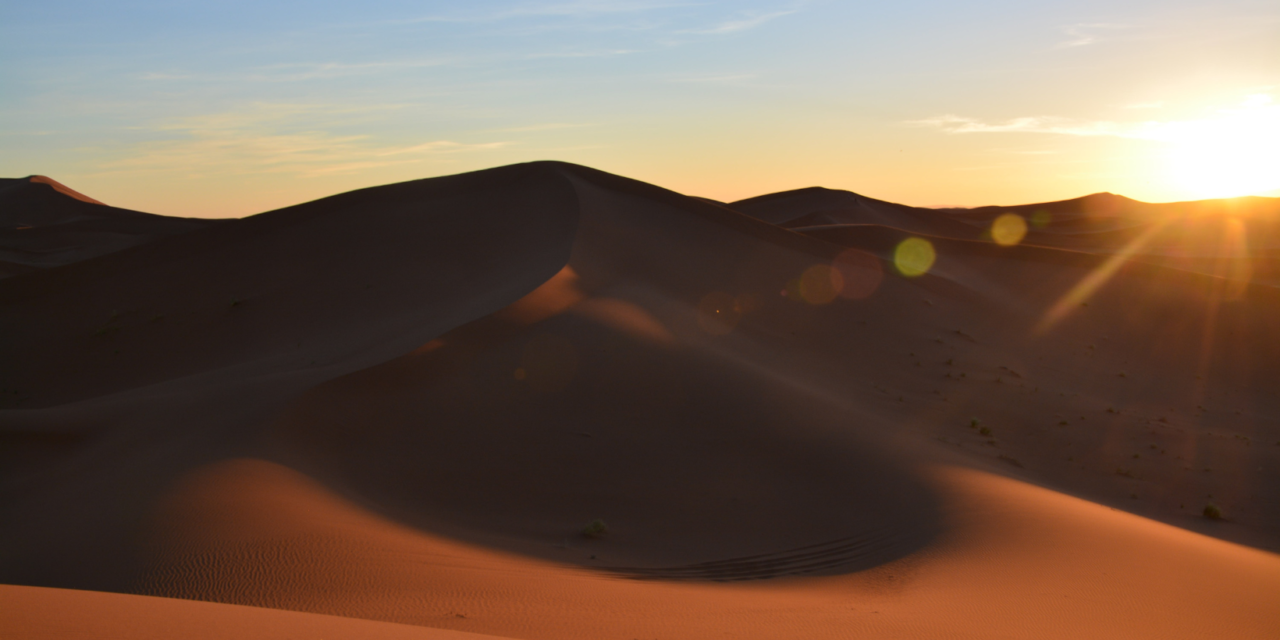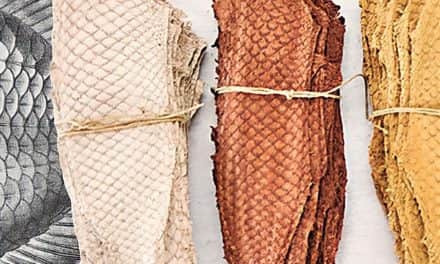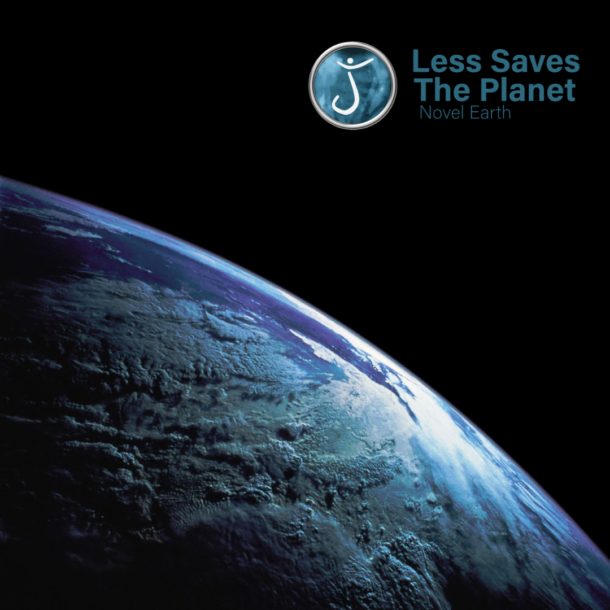
Sahara sand fertilizes the Amazon rainforest!

The Sahara desert: What if we told you that sand from the Sahara fertilises the Amazon rainforest? Every year, more than 27.7 million tons of sand cross the Atlantic Ocean to land in South America. These sand clouds contain a natural fertiliser: phosphorus.

Phosphorus-rich sand of the Sahara: a natural fertiliser
The Sahara Desert is the largest desert in the world: 8.5 million square kilometres. This hot desert occupies almost all of North Africa and is constantly increasing. This scarcity of life allows the lushest place on earth to thrive.
The phosphorus contained in the sand of the Sahara is a natural and essential element for the growth of the tropical forest. A study shows that 22,000 tonnes of this fertiliser, the equivalent of 50,000 trailers, are deposited on South American soil every year.
But where does this phosphorus come from? Most of the sand that passes through comes from the Bodélé depression, the lowest point in Chad. Located in the south-central Sahara, north of Chad, this depression is the result of the drying up of a paleolake. A lake that occupied the Sahara desert 10,000 years ago. This basin was full of fish and their fossilised skeletons are rich in phosphorus.
It is then the powerful winds that transport this precious fertiliser over 4800 kilometres before arriving in the largest equatorial forest. This nutrient, which is essential for the development of root systems, is transported by sandstorms rising to the upper atmosphere. The rainy season on the South American continent carries most of the nutrients needed for forest growth to the Amazon River. The Amazon soil is depleted and the supply of phosphorus from the Sahara is important to keep the lungs of the earth healthy.

A virtuous cycle: powerful winds and clouds to carry the sand from the Sahara
Between 2007 and 2013, NASA conducted a study to prove this intimate link between the desert and the forest. With the help of their satellites, scientists were able to observe the behaviour of this phenomenon and understand how it works.
During dry spells, the sand clouds are larger and the amount of phosphorus is higher. In 2020, a cloud nicknamed “Godzilla” was seen. The biggest for 50 years! A cloud that travelled between June and September before reaching the Caribbean and the north of the South American continent.
- These clouds do not only contain phosphorus. Phosphorus accounts for only 0.08% of the 27.7 million tonnes of sand that arrive in the Amazon each year. Potassium, calcium and magnesium are also part of the journey.
- Potassium is a micronutrient that facilitates photosynthesis and improves the rigidity of plants. It also strengthens plants against diseases.
Calcium affects the functioning of plant cell walls. This mineral is responsible for the creation of new plant tissue. - Finally, magnesium gives the leaves their green colour. Without magnesium, the plant cannot grow and flourish properly!
This meteorological phenomenon proves that the earth works in a virtuous cycle. Everything is connected and everything has a role, so it is important to preserve this ecosystem.
To find all our news, find us on Instagram and on our Twitter account.
We publish daily on our social networks so that you can be up to date every day. You can also share our content on your own networks from the options at the bottom of the page!
See the article on GOOGLE MAPS HELPS ITS USERS REDUCE THEIR CO2 EMISSIONS!
The preservation of clean water and access to it for all is at the heart of Less Saves The Planet’s commitments. You can now read Chapter 4 SAVING WATER AND THE EARTH from our book Less Saves The Planet available for free. The entire book is also available on our website.
See you soon for our next article!



















